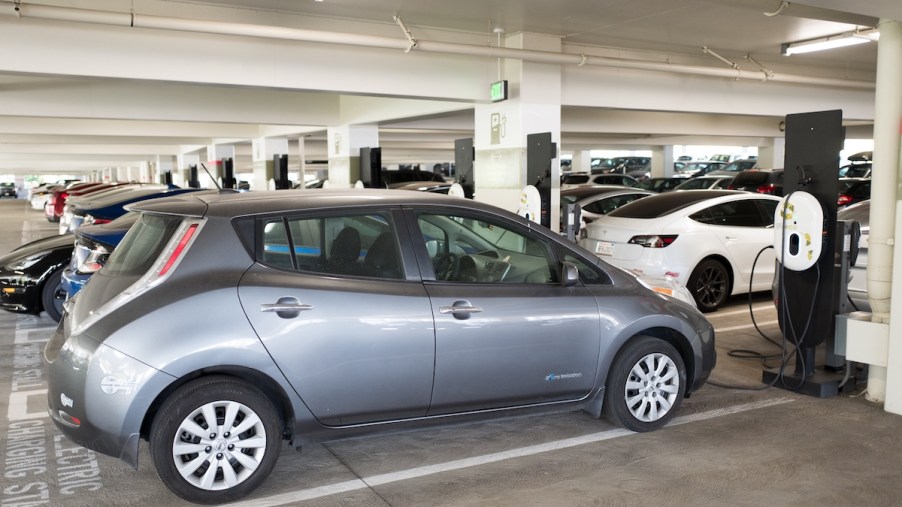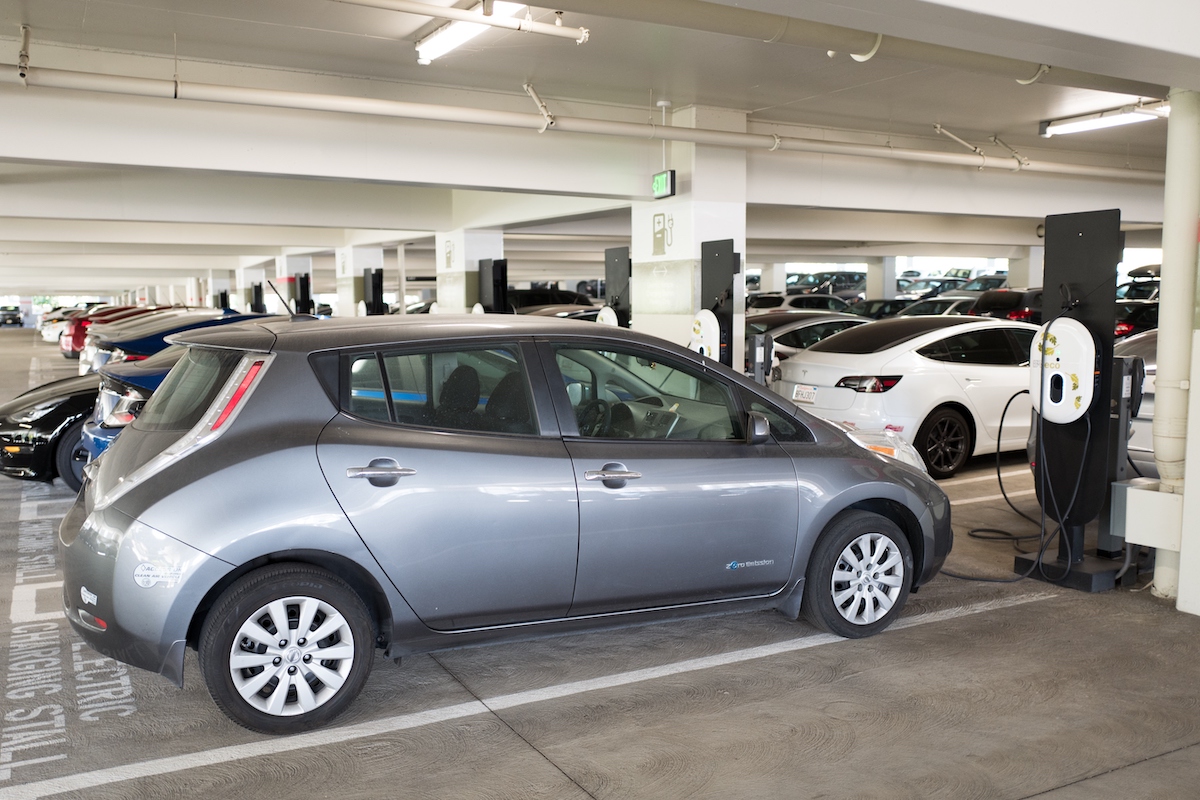
Is It Safe to Turn on an Electric Vehicle While It’s Plugged in and Charging?
If you’re accustomed to driving a gas-powered vehicle, you might wonder how owning an EV would differ. For instance, how does charging an electric vehicle differ from filling up at the pump? Most drivers know they shouldn’t leave their cars running while refilling with gas. But is it safe to start an EV when it’s plugged in and charging?
The basics of EV charging

EV owners generally plug their cars in when parked for extended periods, Pod Point reports. That means owners most frequently plug their vehicles in at home or work to ensure the battery maintains sufficient charge (although public charging stations are available when needed). When EV owners must drive out of their vehicle’s range, they’ll need to take advantage of a remote rapid charging station to ensure they’re not left without sufficient juice to get where they’re going.
Electric vehicle charging is relatively simple. It involves plugging the car into a charging point using a cable. Charging at home works best with the installation of a dedicated charger. Though you can plug an EV into a standard three-pronged outlet, charging takes much longer, and experts consider it less safe.
EVs aren’t like gas-powered cars when it comes to refueling safety
If you’re a new EV owner, you might wonder whether you can safely leave the vehicle on while charging. After all, it would be nice to have some entertainment or climate control while you wait for your car to recharge fully.
Luckily, EVs aren’t like gas-powered vehicles when it comes to leaving them on while refueling. Electric cars are more like cell phones in that you can still use them when plugged in. There aren’t any safety concerns associated with turning on your electric vehicle while juicing. So you feel free to use your entertainment system, air conditioner, or another feature that would make your wait more pleasant.
In fact, it’s not uncommon for drivers to remote-start their EVs while they’re charging to get the HVAC system going ahead of time. That way, they’re assured of a comfortable ride when it’s time to unplug and hit the road.
The downside to leaving your vehicle running while charging
So, if you’ve been dying to sit back and enjoy your sound system while waiting for your EV to recharge, go right ahead. But we’d be remiss if we didn’t mention at least one drawback to this practice.
The most important caveat to keep in mind is that recharging will take longer if you use your EV to do other things while charging. Again, it’s like your phone. The more you use it while it’s charging, the longer it will take to reach a full charge.
So, the next time you’re at the charging station and want to crank up the A/C, ask yourself: How long can I afford to sit here, and is the tradeoff of time for comfort and entertainment worth it? You’re the only one who can answer that question.


